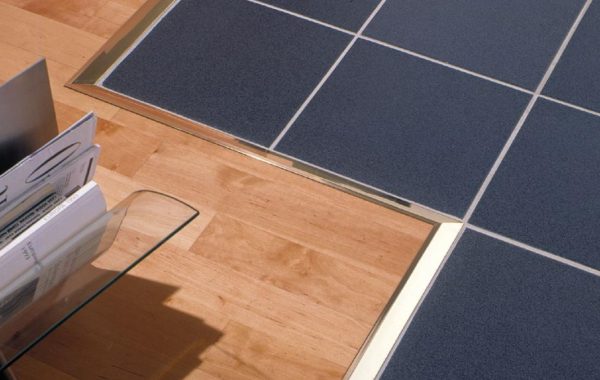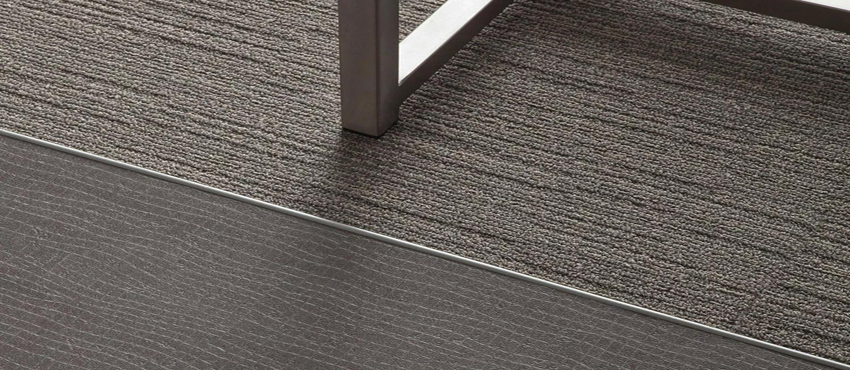Tile edging trims are the long molded plastic strips that have 2.2 to 2.4m length. There are different depth and colors that are available in the market. The variety of depth is very much useful in the sense that it can accommodate various multitudes of tiles. Light pastel or white color is most commonly used because it is suitable with most of the tiles.
Normally the sizes are 6-8mm but these days large format tiles are in use that are from 9-12mm. People use these on internal corners but these are used for external edges and it can protect the external edges of tiles. Usually the size of tile is 90° and one edge trimmed by the manufacture. Some have 45° and a good finishing of square corner. Some shopkeepers do not bring these tiles because they feel there is risk of breakage in transportation.

There are different tile edging trims are available on the market but the main feature of the tile trim is that it can enhance the beauty of tiles and you have to pay less. You can find silk, matt or glossy finishing, closed or open shoulder, corner kit and an end cap in the plastic range. These tile trims are available in different types and everyone can get it according to his choice.
You can obtain it in brass, simulated chrome, simulated brass, chromium-plated brass, gold, stainless steel, coated aluminum, chrome-bright anodized aluminum, and matching listello borders in marble effect and aluminum. You use borders to separate rows of tiles, and listello for square edging trims, sometimes on flat, straight surfaces. Floor tile trim is used to bridge between coverings like carpet, wood, and vinyl and the tile. These edging trims ensure a perfect fit for tiles in bathrooms. Many relief cuts are necessary at inside and outside corners to ensure smooth, flat flooring.
Tile edging trim applications are used for vinyl. An open section is there for accommodating a vinyl skirting. Normally commercial businesses give preference to this. Mosaic tiles with 3mm thickness are of square shape that is available in stainless steel. For cutting the trim there are different ways that are used by people but the best way that is used these days is usage of miter box or small toothed saw.
The tile trim forming tool includes special metal tile trims resembling formable trims. These tools are for pillars and wavy obstacles. Formable trims work well in wall and floor tiling. Excess flooring in inside tile corners is diagonally cut, and trimming proceeds slowly until the flooring is flat. Trimming from the outer side starts from the top of the flooring, cutting straight to the meeting points of walls and floor. How one trims the edges is up to them, but tile edging trim facilitates easier, clearer, and smoother edges. Afterward, the floor surface must be cleaned; various cleaners are available in the market that doesn’t harm the floor.
Provision of effective transition in to balanced floor covering is the main purpose of usage of edging trim. A sloped trim is also a good idea if there is height difference between the adjacent floor and tiled floor. One very important factor that must be kept in mind while selection of tile edging trim is that there would be no extra space for the dust. The tile edging trim is also a good idea for the formation of waterproof assembly. There are specific tile edging trims for the sink rails, under the sink and countertop transition. After the right cutting of trim it is very important to install it in a good way otherwise it would not give a professional look.
